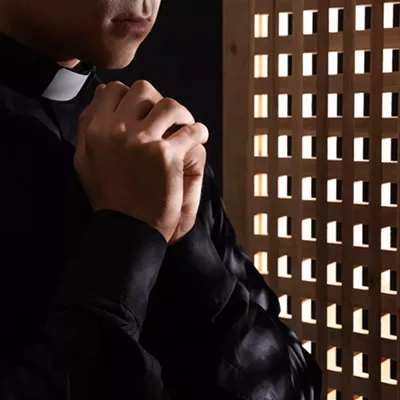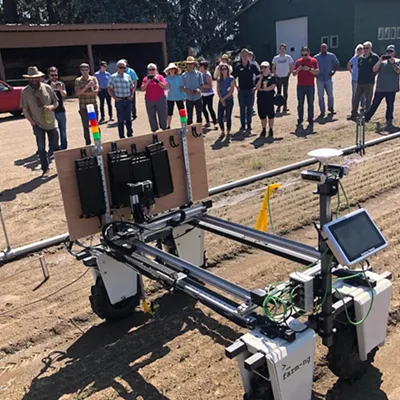While working in Seattle, Curtis developed an interest in the local coastal Salish Indians who lived nearby; in 1895, he shot a portrait of the aging daughter of Chief Sealth, a woman known as Princess Angeline. He was appointed the official photographer of the Harriman Alaska Expedition in 1899 and later traveled to Montana and the Southwest with anthropologist George Bird Grinnell to document Indian ceremonies and traditions.
The images from those journeys began his project to document the tribal life and culture of American Indians west of the Mississippi "that still retain to a considerable degree their primitive customs and traditions." In 1906, Curtis received sponsorship from financier J.P. Morgan and set out on his lifetime project: The North American Indian, 20 books of text and prints, with accompanying portfolios of photogravures, published volume by volume between 1907 and 1930. He reportedly created 40,000 photographs and 10,000 wax cylinder recordings in 75 languages during his decades of travel. The photogravures on display are from the Spokane Public Library's rare complete copy of The North American Indian.
-- ANN M. COLFORD
















